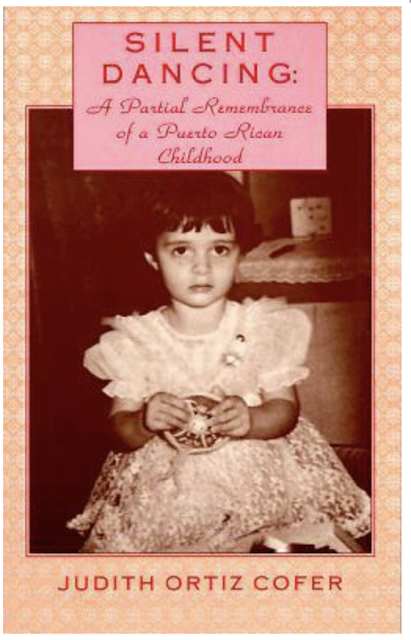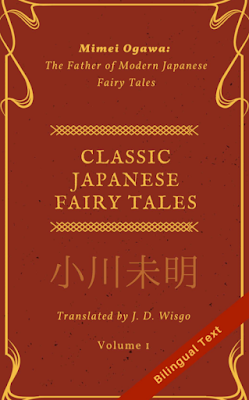"Silent Dancing: A Partial Remembrance of a Puerto Rican Childhood" by Judith Ortiz Cofer (published 1990)
The feeling of not being here - or there - with half your heart belonging to one place and the other half belonging to the other, and for completely different reasons… of wanting to live your own particular way, but having others tell you to live another particular way - this may be a roller coaster of emotions familiar to most, if not all of us. The immigrant experience, however, compounds this, no matter where you’re coming from. Silent Dancing: A Partial Remembrance Of A Puerto Rican Childhood is the autobiography of Judith Cortiz Cofer. She tells the story of her childhood lived between two cultures: Puerto Rico, her birthplace and place of familial ties, a place of rural abundance, and a city in New Jersey, where Spanish was spoken at home, and English in school, where Puerto Ricans lived cramped in old buildings abandoned by previous Italian and Irish immigrants, where a mother refused her own assimilation into American culture, but encouraged her daughter to “fit-in”.
Cofer’s father was a soldier in the United States army during the 1950s, which explains her nomadic childhood. To many, Cofer explains, her family was seen as wealthy and privileged to be able to move “freely”. And Cofer did feel privileged, with nice clothes, more than enough food, and a house that was built by her family’s own hands generations before. Thus begins Cofer’s rich descriptions of Puerto Rican domestic life. What was it like to live in one house with two generations of family? What are Puerto Rican grandmothers and mothers like? And Puerto Rican fathers? The women would tell stories, Cofer writes, which were usually embellished, and so she grew up in a household full of storytelling. Folktales were told to her too, and filled her mind with ideas of what life is; not ideally, but as it truly is: a world of unfaithful men, of weak women, and zealous Catholicism… and even more. Cofer writes striking poetry between each chapter. Her poetry does not glorify her life experiences, but instead uncovers the harsh realities of survival, which were passed down to her. She writes:
“Blood tells the story of your life
in heartbeats as you live it;
bones speak in the language
of death, and flesh thins
with age when up
through your pores rises
the stuff of your origin..."
Silent Dancing is a coming-of-age story that is familiar in many ways, and it is worthwhile reading in order to gain knowledge of the differences in coming-of-age for a Puerto Rican girl. Cofer, it seems, was not particularly protected from the world, but rather was “thrown” into it, and never once did she cease to be brave in the face of chaos and sadness. Individualized difficulties for that precious time between childhood and adulthood are examined through Cofer’s eloquent poetry and prose.
If you like fast-paced, character driven memoirs, you may want to read this one. It’s insights into the culture and geography of Puerto Rico are personal and intimate and the immigrant experience of becoming Puerto Rican-American in New Jersey may be a way for a reader to connect. Of note is her admiration for the works of Virginia Woolf, who influenced her to write Silent Dancing.
Similar Authors and Works include Americanah by Chimamanda Ngozi Adichie, for its descriptions of the experience of living between two cultures, The Unknown Americans by Cristina Henriquez, for its exploration of Hispanic culture in the United States and In The Country: Stories, for its depiction of emigrants to many different countries from the perspective of Filipino culture.
Relevant NonFiction Works and Authors include Puerto Rico In The American Century: A History Since 1898 by Cesar J. Ayala: the first English language book about Puerto Rican history from the turn of the 19th century to today. Puerto Rican Diaspora: Historical Perspectives by Carmen Whalen and Victor Vasquez, for its insights on colonization, citizenship, and migration. Puerto Rican’s Fighting 65th U.S. Infantry: From San Juan to Chorwan, for its exploration of Puerto Rican soldiers in the United States military.




Comments
Post a Comment